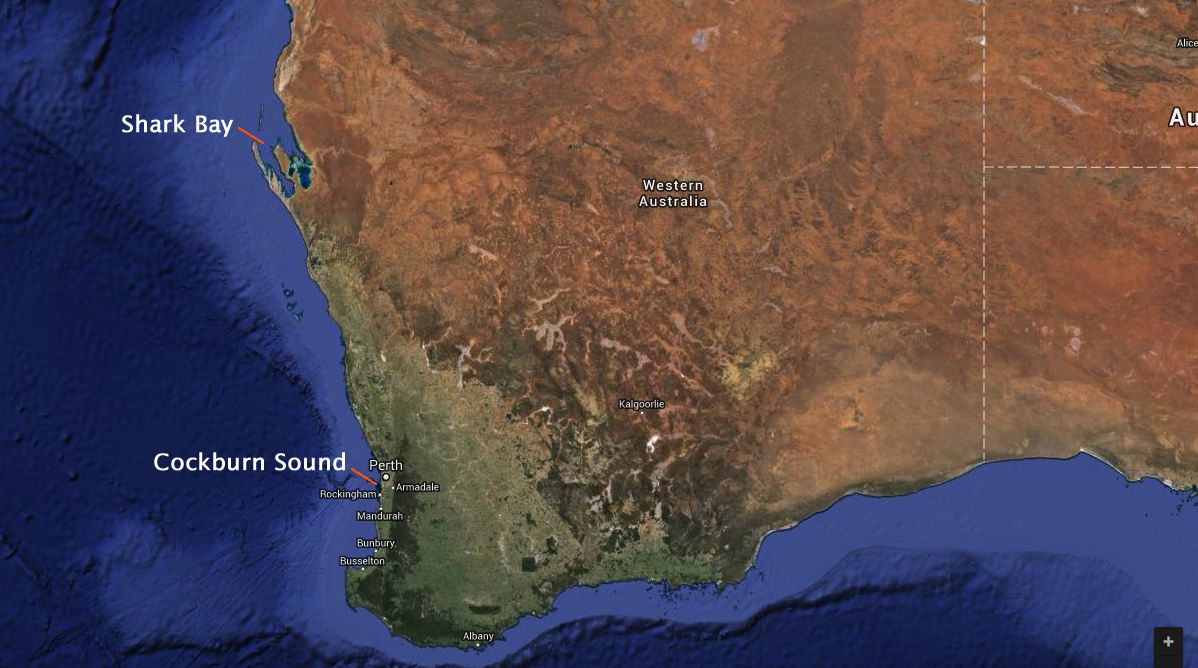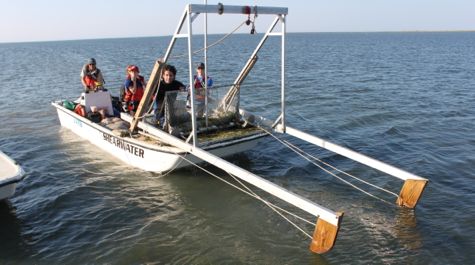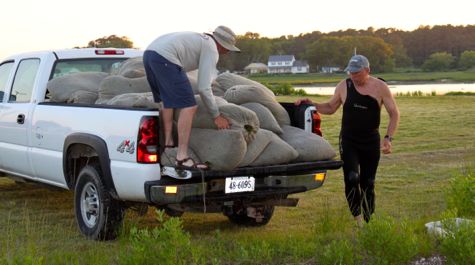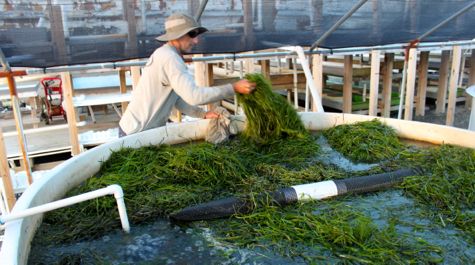VIMS brings expertise in seagrass restoration down under
Orth and students travel to Australia for first phase of multi-year project
When it comes to restoring plants to areas disturbed by human activity, terrestrial researchers are far ahead of their marine counterparts. Professor Robert “JJ” Orth of the Virginia Institute of Marine Science is now collaborating with colleagues in Australia to narrow that gap, mounting a three-year project to adapt terrestrial models of seed-based restoration to seagrasses.
Orth—head of the Seagrass Monitoring and Restoration Program at VIMS—will spend the next month down under, initiating the first in a series of long-term field experiments with colleagues at the University of Western Australia (UWA) in Perth and other partners. Accompanying Orth are his three graduate students—Andrew Johnson, Steve Manley, and Erika Schmitt. Their goal is to identify and then rectify “bottlenecks” in the growth of seagrass from seed to adult plant.
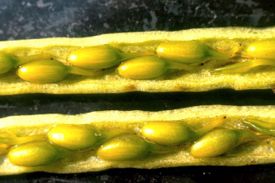 Funding for the A$350,772 project comes from the Australian Research Council, the island nation’s equivalent of the U.S. National Science Foundation, with in-kind support from the Western Australia Botanic Gardens and Parks Authority. Support also comes from two industry partners—Shark Bay Salt and Cockburn Cement. The project’s chief investigator is Dr. Gary Kendrick, a professor in the School of Plant Biology and director of the Oceans Institute at UWA.
Funding for the A$350,772 project comes from the Australian Research Council, the island nation’s equivalent of the U.S. National Science Foundation, with in-kind support from the Western Australia Botanic Gardens and Parks Authority. Support also comes from two industry partners—Shark Bay Salt and Cockburn Cement. The project’s chief investigator is Dr. Gary Kendrick, a professor in the School of Plant Biology and director of the Oceans Institute at UWA.
Restoration of native land plants to areas affected by mining, grazing, logging, fire, and other disturbances is an established field that builds on decades of experimental field trials and can point to scores of successful projects worldwide. The picture is much different for restoration of seagrasses.
In Australia, Chesapeake Bay, and other areas around the world, seagrasses have suffered drastic declines over the last few decades due to nutrient pollution, sediment runoff, and other impacts related to human activities. Increasing recognition of the key role that seagrass meadows play in coastal ecosystems has fueled interest in their restoration, but these efforts have been stymied by the challenges of working underwater and limited knowledge of seagrass population dynamics.
One bright spot in seagrass restoration has been Orth’s work in the seaside bays of Virginia’s Eastern Shore—the largest and most successful seagrass restoration effort in the world and impetus for his invitation to collaborate in the Australian project.
Orth says, “The recovery of eelgrass in our system is unique because it was initiated with seeds rather than adult plants, occurred in years rather than decades, and clearly showed how one meadow helped to clear the water and trap sediments as it developed and expanded. Our results offer a new perspective on the role seeds can play in recovery dynamics at large scales.”
The Australian team aims to build on Orth’s success by combining lessons learned in Virginia’s waters with advances in restoration theory and practice gained through decades of research by terrestrial biologists—in particular the use of population models that allow researchers to identify which steps in a plant’s life cycle are most vulnerable to physical stresses or biological threats such as predation.
Kendrick says “Life-cycle population models have allowed terrestrial researchers to quantify early life-stage transitions from seed, to germinant, to emerged seedling, identifying which of these transitions most limit plant recruitment. Armed with this knowledge, restoration practitioners can target those life-stage transitions most responsive to management.”
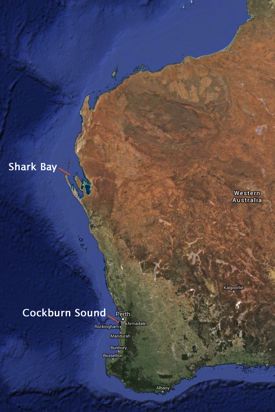 The team will conduct their fieldwork by monitoring the survival of seeds from two different species planted in two locations with a history of seagrass loss. One site (in Cockburn Sound near Perth) is influenced by ongoing coastal development; the other is in the relatively pristine environment of Shark Bay further north. They will carefully situate the plantings to allow comparisons of seed survival under differing water conditions—clear or cloudy, deep or shallow, calm or agitated—and likewise cage some planting sites but not others to test the effects of seed predation by fish and other marine life.
The team will conduct their fieldwork by monitoring the survival of seeds from two different species planted in two locations with a history of seagrass loss. One site (in Cockburn Sound near Perth) is influenced by ongoing coastal development; the other is in the relatively pristine environment of Shark Bay further north. They will carefully situate the plantings to allow comparisons of seed survival under differing water conditions—clear or cloudy, deep or shallow, calm or agitated—and likewise cage some planting sites but not others to test the effects of seed predation by fish and other marine life.
Kendrick says this experimental design will help the team “identify the ecological processes and conditions that affect key life-stage transitions and limit population growth. We will then use that knowledge to develop and test tools and strategies for overcoming those bottlenecks.”
Ultimately, says Orth, the knowledge gained during the project will “help us move closer to our ultimate goal, which is not just getting seeds from a single species of seagrass to grow into adult plants, but rather to restore a community of plants and animals that persists through time and provides some of the important ecological functions of a diverse and healthy seagrass system.”


